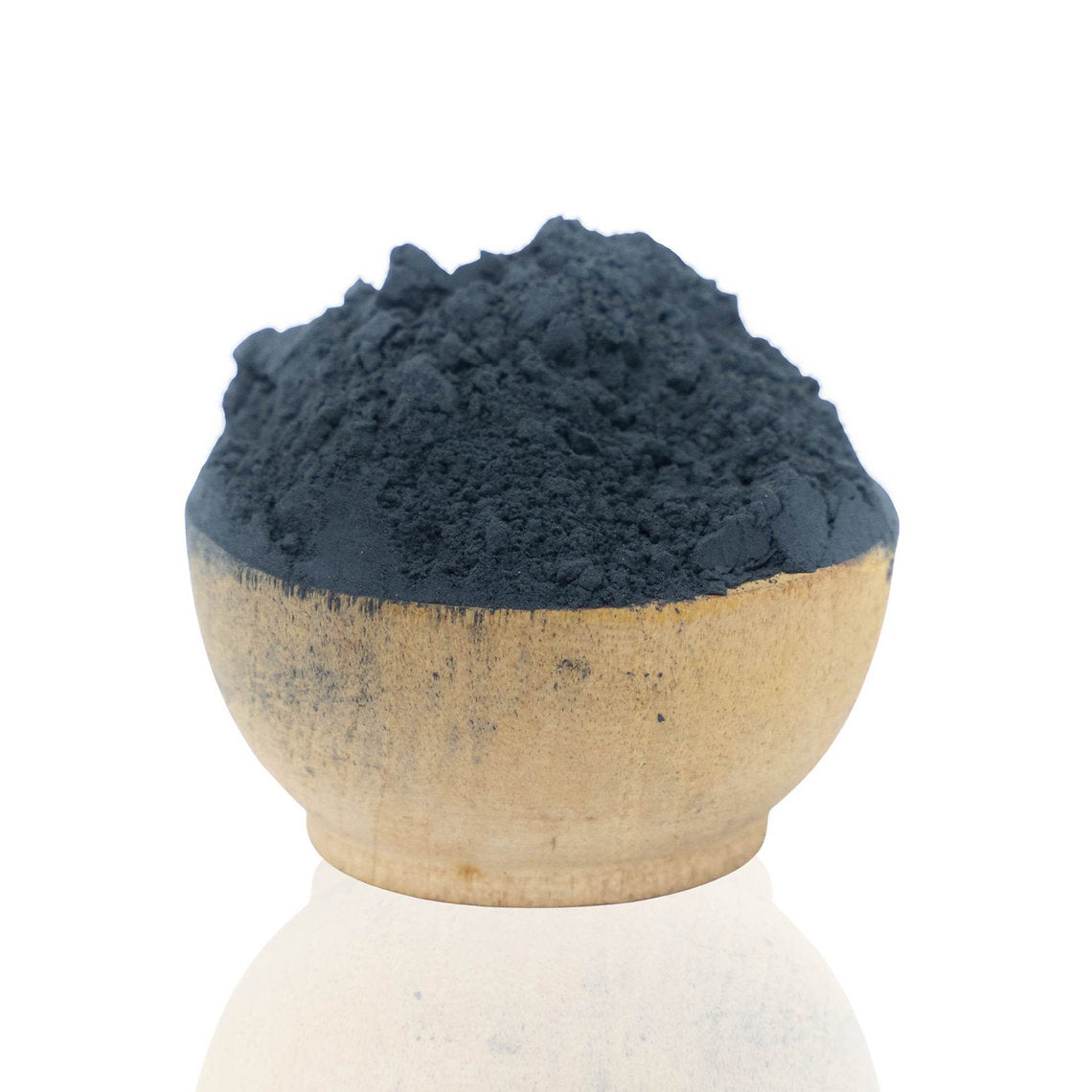
Woad Powder (Isatis Tinctoria)
Pickup available at eHouse Rishon
Usually ready in 24 hours
Reliable shipping
Flexible returns
Description
Also known as woad, dyer’s woad, Jerusalem Asp, pastel (French), Waid (German), wede (Dutch).
Woad is a biennial herb in the Brassicaceae family that can grow up to 1.60 m tall. Long before the arrival of Asian indigo, it was Europe’s most important source of blue dye, cultivated widely from England and France to Germany and Central Europe. This powdered extract is made from fresh woad leaves through alkaline hydrolysis, a process similar to indigo powder production, which stabilises the pigment and makes it easy to use.
The extract provides a convenient, reliable, and concentrated form of woad colour, suitable for both beginners and experienced dyers. It can be used alone for the characteristic smoky blues of woad, or blended with indigo to achieve a wider spectrum of blue and green tones.
Historical Note
Woad has been central to European textile history for centuries. From Celtic body paints to medieval tapestries, it coloured cloth long before indigofera reached Europe via trade. The “woad trade” supported entire economies, especially in southern France, where pastel production in Toulouse became an industry of wealth and influence in the 15th–16th centuries. Even after indigo imports largely replaced it in the 17th century, woad retained importance in local traditions and remains beloved by natural dyers today for its heritage and softer tonal range.
Active Dye Components
- Indican (precursors isatan A and B)
- Indigotin (blue)
- Indirubin (red-violet, contributing to woad’s softer, smoky tone compared to indigofera)
CI Colour Name
CI Natural Blue 1
Shading Tips
- Woad alone → smoky blues, often softer and greyer than indigofera.
- Mixed with indigo → broader spectrum of blues and greens.
- With weld → clear, bright greens.
- With madder → purples and violets.
- Multiple dips build depth and permanence of colour.




